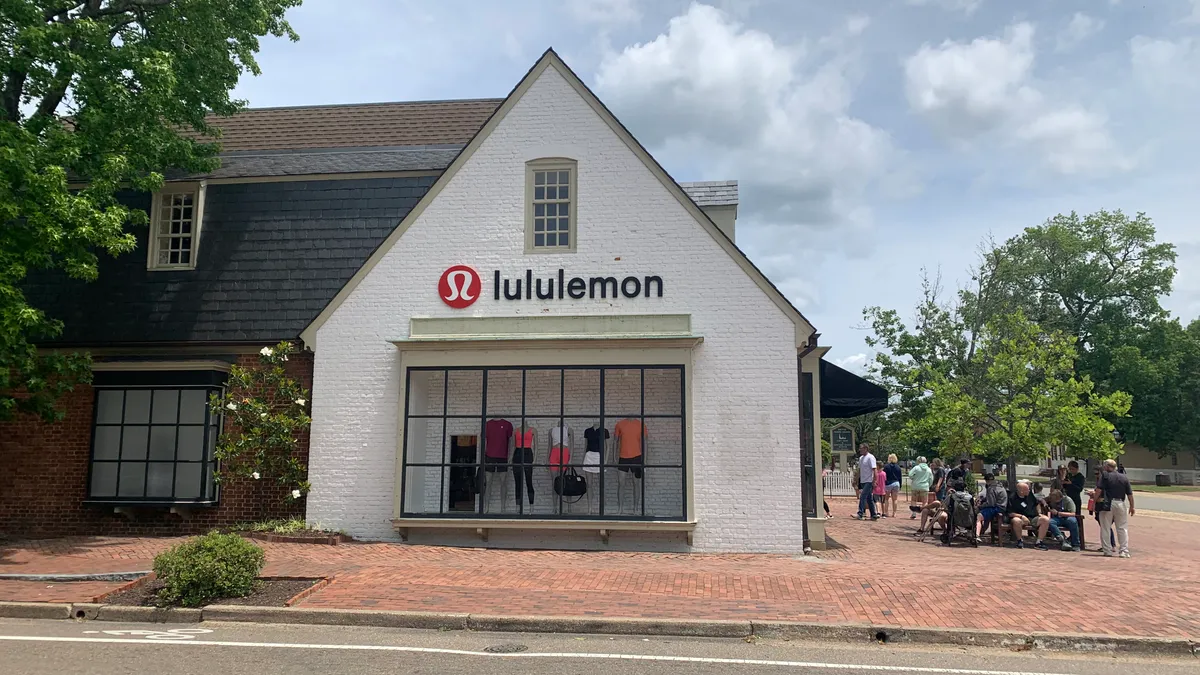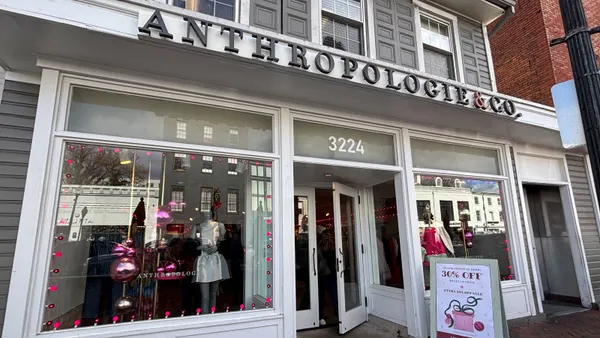Dive Brief:
- Back-to-school shopping is moving earlier, according to data compiled by Bazaarvoice and sent to Retail Dive in an email. According to data compiled from a network of retailers, July 24, July 31, Aug. 6 and Sept. 4 (Labor Day) were the biggest shopping days of 2017.
- Shopping early and shopping simply are two important factors for parents this year. In a recent JLL Retail study emailed to Retail Dive, 54.1% of parents plan to shop at least two weeks before school starts and 53.7% plan to get all back-to-school items in just one or two stores, while 32.8% said they will visit between three and five stores.
- Consumers that participated in the JLL survey pegged Walmart (50.3%) and Target (47.4%) as their favored BTS shopping destinations, leaving Amazon behind with 15.8%.
Dive Insight:
Back-to-school (BTS) shopping is already in full swing as August begins and in fact, could hit its peak soon if it follows last year's trends, as detailed in a recent Bazaarvoice study. And this year consumers' priorities lie not only in shopping early, but also inexpensively and conveniently.
Some of the most popular shopping days of the pending school season may have already passed, as last year's BTS sales were highest in late July and early August, with one September outlier just before school started for many students. Specifically, Aug. 6, the lone Sunday on the high traffic list, could be emerging as the Black Friday of the holiday season, per Bazaarvoice. The items purchased by college students, in particular, drove much of the early shopping.
JLL Retail found that about half of parents will be shopping just two weeks out from the start of school. Along with starting the process early, many consumers are looking to make BTS shopping as easy and fast as possible this season. More than half of parents (53.7%), said they will buy all BTS items from just one or two stores, the research found.
Those stores, for seven out of 10 shoppers, will be discounters. And it seems big boxes, such as Walmart and Target, will get a bulk of the traffic — well ahead of Amazon, which came in third.
The NRF is predicting $82.8 billion in consumer spending this BTS season. And certain items will spike at different times, especially electronics and dorm-room furniture ahead of college students returning to school. Still, consumers plan to be more cautious than usual with their spending, as 35% ranked low price as the most important factor when choosing a store, according to JLL. For example, parents are budgeting less than last year on clothing, with 48.9% of consumers spending most of their money on clothes, down from 56.6% in 2017.
It comes as no surprise that consumers are shopping earlier and earlier for back-to-school items, as that same trend was seen around the winter holidays in the last few years. In 2017, NPD reported that for the first time, U.S. consumers started shopping in the middle of the season (Thanksgiving weekend through Cyber Monday) rather than later in the season (early December).
Shopping events are also getting longer — just look at Amazon's extension of its annual Prime Day sale this year, which lasted a total of 36 hours. Similarly, last year's holiday shopping spread over a four-month period, according to Brand Keys, and as mentioned above, the BTS season has peak days in both July and September. With longer and longer shopping periods, retailers will have to rethink their strategies about when to offer discounts and incentives. And if the Prime Day website shutdown is any indication, retailers will need to make sure that their online and offline technology, plus retail staff, are capable and trained to handle the extended traffic.













